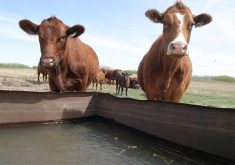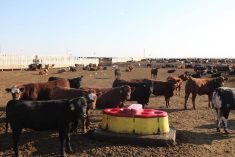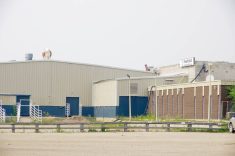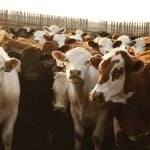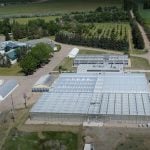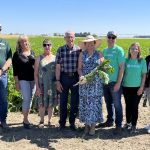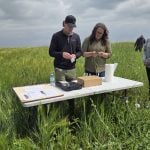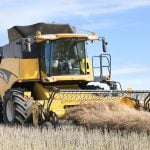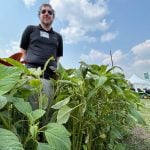Manitoba farmers were warned last week that the threat of disease to people and livestock is on the rise and that increased vigilance is needed.
The province’s new chief veterinary officer also urged producers to think about their role in keeping the threat at bay.
“The world is shrinking,” Wayne Lees told an Oct. 20 general council meeting of Keystone Agricultural Producers.
“With the increased volume in trade and the increased speed at which products move around the world, the potential for having diseases from one country transferred to another is raised exponentially.”
Read Also
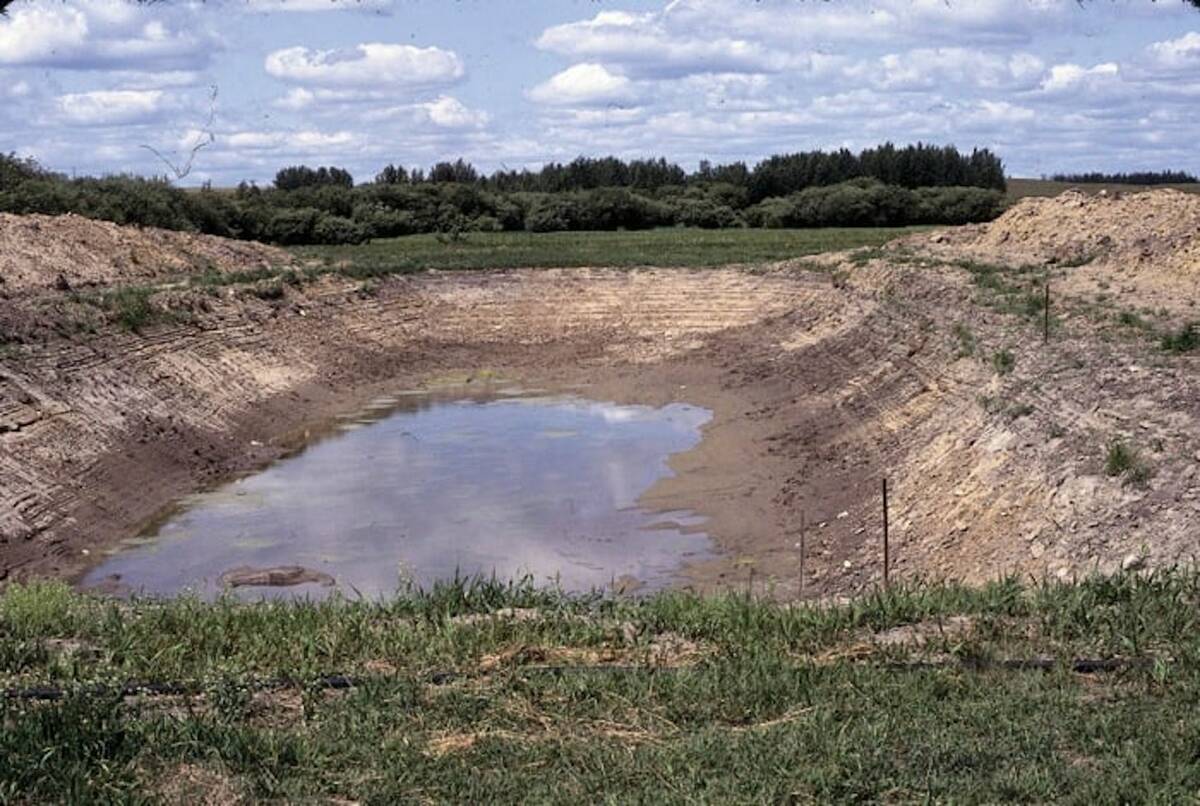
Dry summer conditions can lead to poor water quality for livestock
Drought conditions in the Prairies has led to an decrease in water quality, and producers are being advised to closely monitor water quality for their animals.
However, a producer at the KAP meeting raised a question that is on the minds of many producers these days: why are producers left paying for programs such as traceability and on-farm food safety when the benefits extend well beyond the farmgate?
“Time and time again, at the producer end of it, we get left with the bill,” said Tom Kieper, who farms near Russell, Man. “Something has to change along the way so we’re not stuck with the bill anymore.”
Lees said he understood those sentiments and told Kieper he was preaching to the converted.
“Food is a real bargain in this country and maybe we need to change that.”
However, his presentation dwelled on the increasing disease threat and the measures needed to address that.
He noted that during the past decade, four serious diseases have emerged in Canadian livestock: chronic wasting disease in elk; postweaning multisystemic wasting syndrome in pigs; BSE in cattle and avian influenza in poultry.
He also pointed to the multibillion-dollar trade in exotic pets as another way diseases could piggyback into Canada.
“We have to learn to deal with the weird because these new diseases will come from unexpected places.”
Farmers can help manage the risk, Lees added, by embracing traceability programs and on-farm food safety. They also need to think about biosecurity by paying attention to who visits their farms and the potential for visitors to introduce diseases to their livestock. As well, Lees urged them to be vigilant for anything unusual in their livestock or poultry that could indicate a serious disease and to promptly report such occurrences.
“You have to again think of yourself as a fortress. I’m not sure if we’ve yet got that message across. There is a certain amount of responsibility we can take ourselves in order to minimize the impact.”
When it comes to disease surveillance, Lees is concerned about the dwindling farm and rural population and the decline in the number of rural veterinarians, a trend that has weakened the ability to detect diseases.
Lees also said there is a gap in terms of disease surveillance by government. Reportable diseases fall under the mandate of federal veterinarians, but not all diseases make that list. Meanwhile, provincial veterinary officials do not always have the opportunity or ability to investigate a disease outbreak.
“That’s very hit and miss across the country, so our ability to investigate a new or unseen situation is really compromised,” Lees said.







